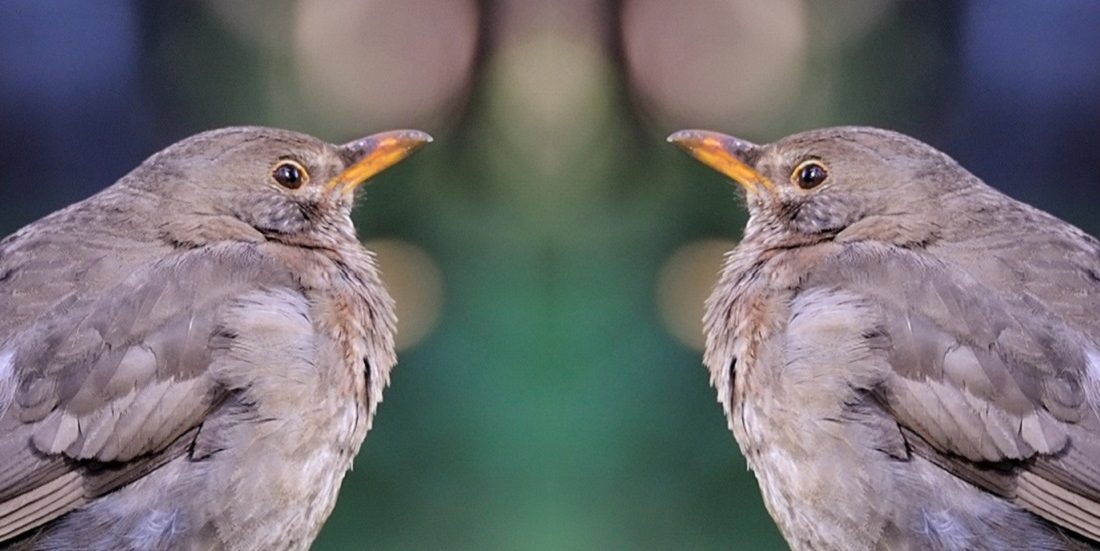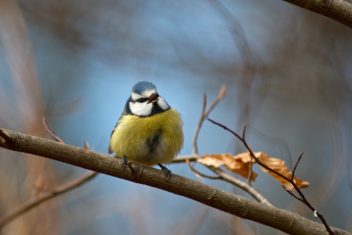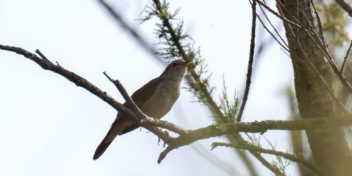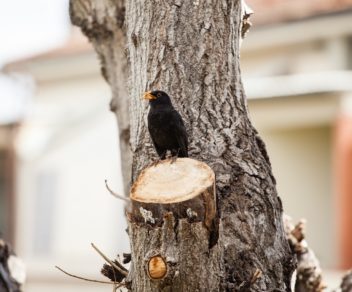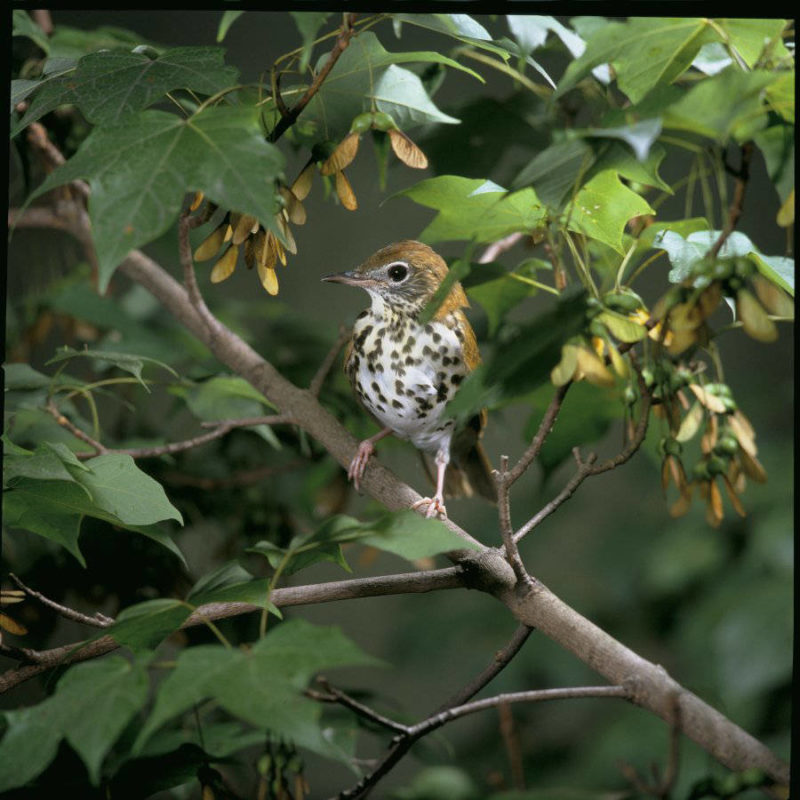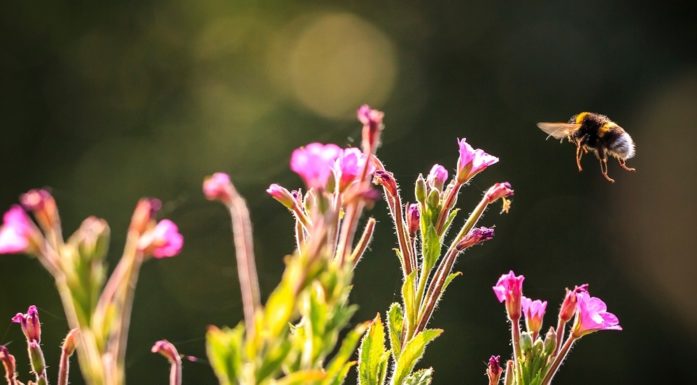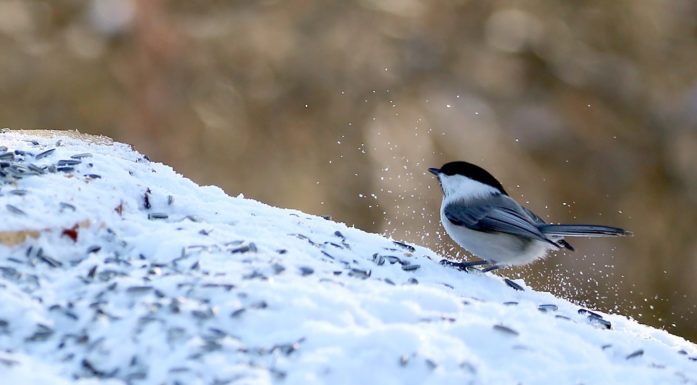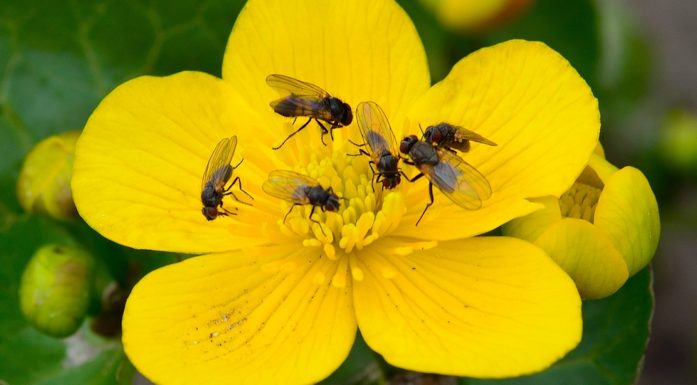Avian songsters
Bird songs have many functions, but their main purpose is to attract a mate. Some of the best avian singers are described below.
Bird songs are a critical communication tool for our feathered friends. Whether they are year-round residents that have overwintered in Norway, or whether they have come to the Nordic countries from wintering areas around the Mediterranean or all the way from South Africa, birds sing for pretty much the same reason: to find a partner with good qualities and produce the most possible descendants with good genes.
A bird’s song is key for many species. But the song’s meanings vary.
- You might also like: A life in the air for birds that rarely land
Signalling a warning or an invitation
Signals like singing ability and colourful feathers can improve a bird’s ability to reproduce, both by keeping away competitors and by attracting a mate.
The competition for good territories is largely determined by song. The song is a warning to other males that “this area where I’m singing is occupied”. It also signals an invitation to females.
If a territorial great tit male stops singing or leaves a territory early in the spring, another male will take over within a few hours.
The female’s choice
Females of many species appear to place their bets on males with colourful and showy plumage. Strong colours can be a sign that the birds are healthy and well fed, which can tell the female that the male will pass on good genes to the next generation.
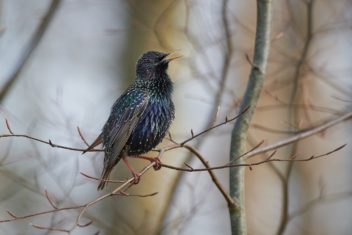
The common starling is a master at imitating sounds. One starling is reported to have imitated the conductor’s whistle and sent off trains. Photo: Colourbox
Others bet on the male’s song. Females can identify older and more experienced males by their singing stamina and song variety.
Males of species like great tits and starlings, which have great singing capacity and a large song repertoire, attract females earlier and achieve greater reproductive success by having more and heavier hatchlings.
By comparing the song repertoire of great reed warblers with the DNA of offspring, Swedish researchers found that males with a rich singing repertoire mated with females in the neighbouring territory of a male with a less impressive repertoire.
The females sized up several males’ songs before they decided on a mate, and they clearly accepted the matings with these intruding, but attractive males.
- You might also like: Why some cuckoos have blue eggs
Song length and variation
While males with a relatively sparse repertoire may focus on displaying their endurance in song length, others can play on a wealth of sounds. By imitating other species’ songs or sounds in the immediate area, males can increase their repertoire.
An example is the icterine warbler, a slightly larger version of the willow warbler. It was previously called the “bastard nightingale” in German and Norwegian because of its varied and beautiful song. The icterine warbler typically repeats individual song motifs several times, linking them into a continuous rapid stream of sounds, often with input from several nearby species.
Another, perhaps better known bird, is the starling. It is a master at imitating sounds and often has between 21 and 67 variations in its song repertoire.
As a rule, starlings reproduce the sounds of birds or other animals in their habitat. These sounds may include the songs of barn swallows, dunnocks, willow warblers, blackbirds, redwings and robin redbreasts, Eurasian curlews, northern lapwings, house sparrows, magpies and crows – or even goat kids’ bleating. Starlings will also imitate repeating mechanical sounds in the neighbourhood, like mobile phones. They merge all these tunes into their song in an elegant way, making it richly varied.
One story has been passed on about a starling that would hang out at the train station in Trondheim. It mimicked the conductor’s whistle so well that a southbound train departed the station without worrying about the timetable.
- You might also like: Uncovering the secrets of arctic seabird colonies
Among the most varied voices in the animal world
Birds generally have from 5 to 14 different sounds that have varying overlapping features.
In addition to proclaiming territorial rule and attracting a mate, a bird’s song broadcasts personal characteristics such as its species, age, sex, warning of danger and maintaining social contact.
But the number of themes and song repertoires vary widely between species and among males of the same species. For example, most chaffinches have two to three song types, though some only have one while others can have up to six. The blackbird has between 22 and 48, and the nightingale has as many as 100 to 300 song types.
s structure means that syrinx has two potential sources of sound, one in each bronchus, or airway passage.
The American wood thrush has such a specialized set of syringeal muscles that it can control the two sides of the syrinx independently of each other and so actually sing two different songs at once.
You can hear the wood thrush in the recording below. (With permission from Philip Vanbergen, University of Louisiana at Lafayette.)
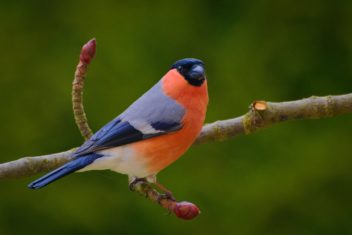
Young male bullfinches that heard recordings of German folk songs quickly learned to reproduce parts of the melodies. Their acquired knowledge was transferred to the next generation. Photo: Colourbox
The bullfinch’s folk songs
Although the bullfinch has an unimpressive song consisting of creaking and chattering sounds, it is a master mimic of melodies.
A male bullfinch learns to sing in a sensitive period as a young bird, probably by listening to the father’s song. By playing the same tune repeatedly for a caged young bullfinch, the bird can sing a lot of the tunes perfectly after a while.
Young males that heard recorded verses of German folk songs quickly learned to reproduce parts of the melodies. Even several years after the “learning period”, bullfinches could be heard singing folk song riffs in German forests.
Bird songs can vary greatly and have multiple functions. None of these functions are designed to delight people. They just happen to be a lovely side effect for us.
Guest writer Olav Hogstad is Professor Emeritus at NTNU’s Department of Natural History.
